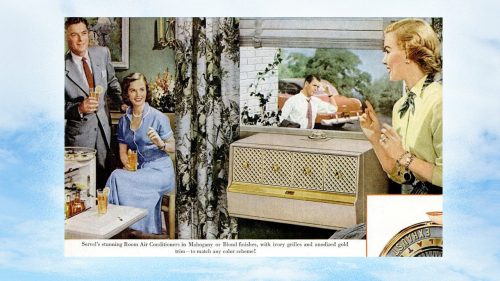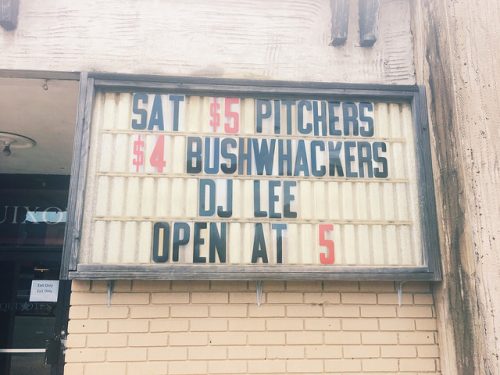Want to help fight fake news and manage political panics? We have to learn to talk about numbers.
While teaching basic statistics to sociology undergraduates, one of the biggest trends I noticed was students who thought they hated math experiencing a brain shutdown when it was time to interpret their results. I felt the same way when I started in this field, and so I am a big advocate for working hard to bridge the gap between numeracy and literacy. You don’t have to be a statistical wizard to make your reporting clear to readers.
Sociology is a great field to do this, because we are used to going out into the world and finding all kinds of cultural tropes (like pointlessly gendered products!). My new favorite trope is the Half-Dozen Headline. You can spot them in the wild, or through Google News with a search for “half dozen.” Every time I read one of these headlines, my brain echoes with “half of a dozen is six.”
Sometimes, six is a lot:

Sometimes, six is not:

(at least, not relative to past administrations)
Sometimes, well, we just don’t know:

Is this five deaths (nearly six)? Is a rate of about two deaths a year in a Walmart parking lot high? If people already struggle to interpret raw numbers, wrapping your findings in fuzzy language only makes the problem worse.
Spotting Half-Dozen Headlines is a great introductory exercise for classes in social statistics, public policy, journalism, or other fields that use applied data analysis. If you find a favorite Half-Dozen Headline, be sure to send it our way!
Evan Stewart is an assistant professor of sociology at University of Massachusetts Boston. You can follow his work at his website, or on BlueSky.













